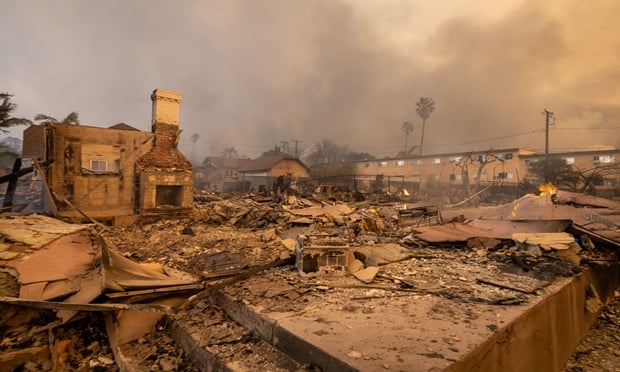WASHINGTON--A Bush administration finding that the reinsurance market for terrorism risk is growing and could continue to do so was labeled "wishful thinking," by a reinsurers' trade group.
A report by the President's Working Group on Financial Markets, which was called for in legislation extending the Terrorism Risk Insurance Act to 2007, concluded that the insurance industry, on both the primary and reinsurance side, has made gains in attracting capital and adding capacity to cover terrorism risk.
In a statement responding to the report, the Reinsurance Association of America said it was "very speculative" for the report to conclude that private reinsurance capacity will grow, and that no new capacity has been specifically raised to cover terrorism.
Recommended For You
Want to continue reading?
Become a Free PropertyCasualty360 Digital Reader
Your access to unlimited PropertyCasualty360 content isn’t changing.
Once you are an ALM digital member, you’ll receive:
- Breaking insurance news and analysis, on-site and via our newsletters and custom alerts
- Weekly Insurance Speak podcast featuring exclusive interviews with industry leaders
- Educational webcasts, white papers, and ebooks from industry thought leaders
- Critical converage of the employee benefits and financial advisory markets on our other ALM sites, BenefitsPRO and ThinkAdvisor
Already have an account? Sign In Now
© 2025 ALM Global, LLC, All Rights Reserved. Request academic re-use from www.copyright.com. All other uses, submit a request to [email protected]. For more information visit Asset & Logo Licensing.








